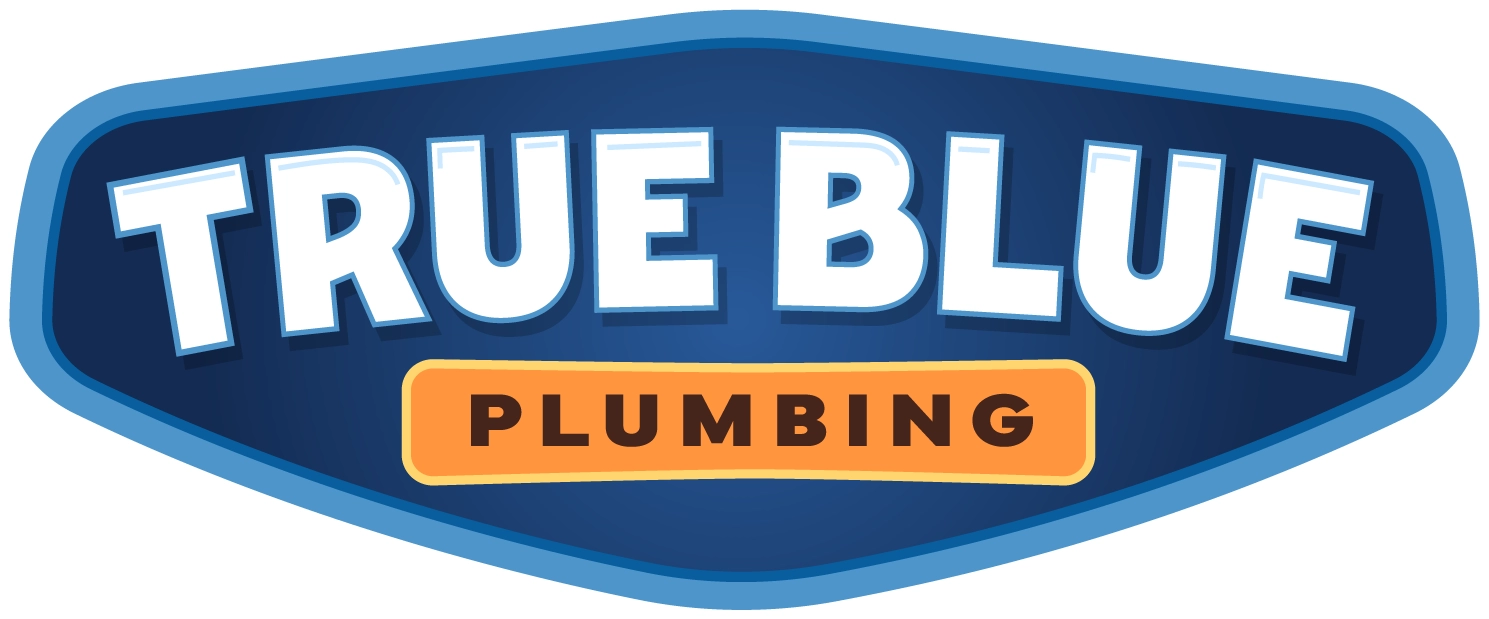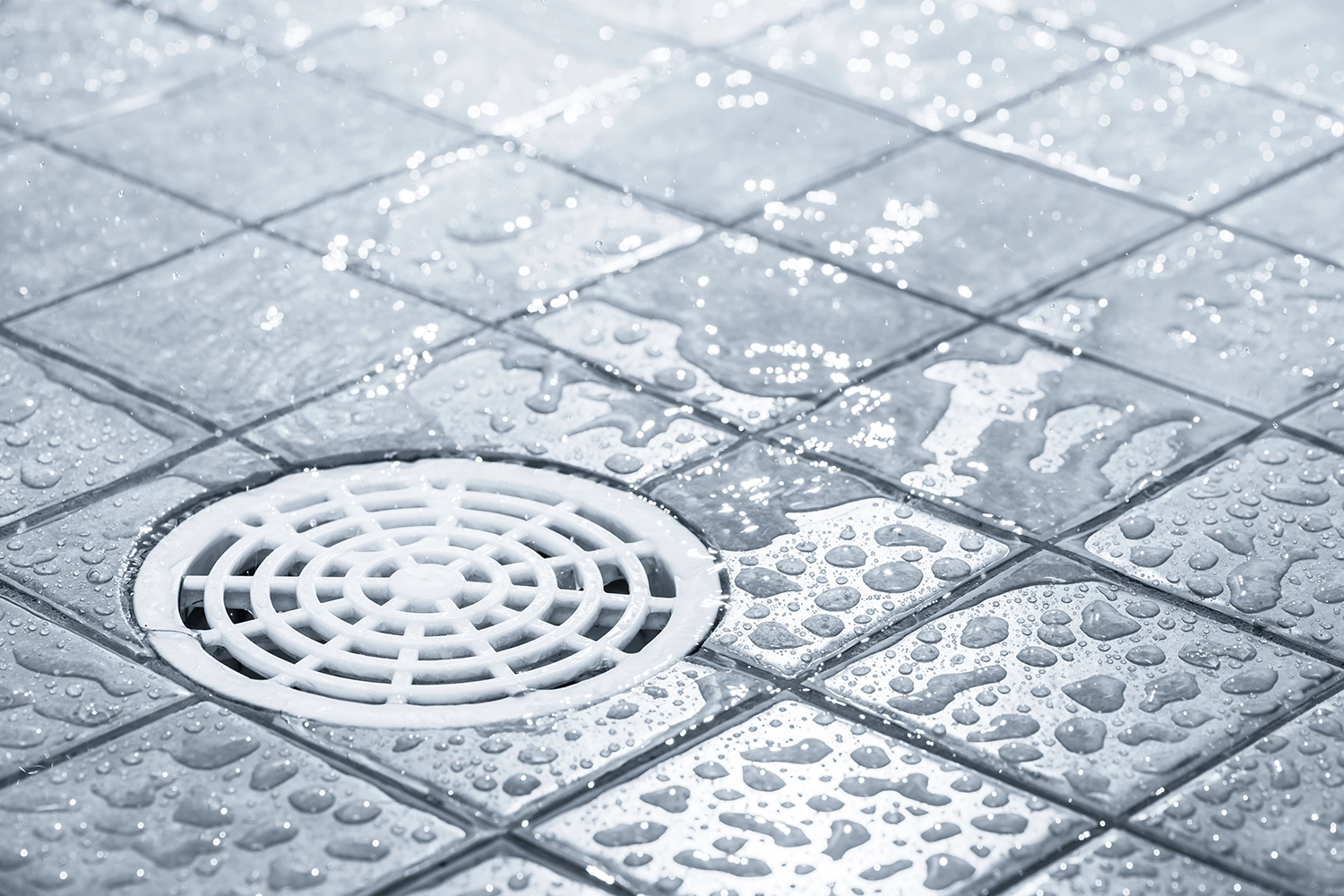While you may not give much thought to your floor drainage system, it contributes significantly to your home or commercial space plumbing system. Floor drains are most effective when built in areas such as laundry rooms, basements, and garages, as these places are more prone to water accumulation. They control water flow and unpleasant smells and provide safe, dry conditions. In this article, we will take you through the floor drains—how they operate, what problems may arise, maintenance tasks, and when to seek assistance. Knowing floor drains will also put you in a position to avoid plumbing damage due to lack of knowledge.
What Are Floor Drains?
By definition, a floor drain is a plumbing element built to allow water to flow back through the pipes. Water returning from these goes down through its connection to either local drainage or sewage system.
Common Locations:
- Basements: These help control water accumulating around a basement area because of floods or draining pipes.
- Garages and Utility Rooms: These areas house drainage systems responsible for stormwater runoff or washdown while working with either.
- Laundry Rooms: They assist in controlling spills brought about by the washing machines.
- Commercial Spaces: In areas like employers, restaurants, and factories, the floor drains control more significant amounts of water to prevent flooding and to keep the working areas dry.
Types of Floor Drains:
- Interior Drains: These are used in homes and other commercial establishments and are aimed at collecting water caused by the insides.
- Grate Shapes: Round or square grates shape floor drains for style and color coordination.
How Do Floor Drains Work?
In essence, floor drains are parts of plumbing fixtures that function in a basic, straightforward manner. Water drains into the floor through the grate, which drains into the pipe as far as the drain. The drain pipe then takes the water out of the house, either to the sewerage system or storm drains, depending on the configuration of the plumbing in the property.
-
P-Traps
Everyone’s least favorite component of the plumbing system. These devices effectively block the unpleasant smells from the sewer system that could end up in your house. Moreover, foul sewer gases can quickly enter your home if you do not have a trap. With a functioning p-trap in your drainage, water is always kept at the p-trap U bend seal. This water helps create a seal that blocks dirt and gases from entering the house. The p trap tends to dry up if not used for long. Therefore, p traps must be checked and maintained frequently, and water must be poured down p traps regularly.
-
Floor drains
Water can quickly seep into various parts of the house, causing considerable damage to your property. Floor drains ensure that floors are free from standing water, which is critical for stopping the spread of mildew, mold, and other damage. Molds look awful and can start causing severe health effects. They are troublesome to eradicate once they have established a colony or infestation in a place.
-
Odor Control
Regular use eliminates the pesky smell, usually synonymous with a floor drainage area. The P-trap section contains stagnant water that prevents sewer gases from escaping to the internal sides of your home. Once the P-trap goes dry, it can emit unpleasant odors. This is why drains not in regular use should be under some maintenance every so often.
Common Problems of Floor Drains
While floor drains are typically considered trouble-free, that’s not entirely true. Below, we outline some common situations that homeowners and businesses who have to use these types of plumbing systems may encounter.
-
Blockages and Clogging
Over time, dust particles, hair, grease, and soap can build up over a floor drain, causing blockages and stopping the drain from draining correctly. In these malfunctioning drains, even often-used rooms like laundry floors or cellars get stuck without proper outflow. Commercial flat pee traps, too, are affected by organic matter, fats, and other things choking the telescopic inlet.
-
Dry P-Trap
Infrequent use of a flat grate drain may cause the P-trap to lose water and thus lose its efficacy in blocking sewer gas from escaping. When this happens, the quality of fresh air within your house gets tainted. Resolving the P-trap’s loss of integrity is straightforward, as it only requires water.
-
Slow Drainage
If you notice that water takes longer to go away than it should, the problem could be due to a clogged line in the system or poor sloping on the floor. Ensuring the floor drains are installed on a slight slope will prevent water from flowing away from them and encourage it to flow toward the drains. Hiring a professional would be best to ensure there isn’t a significant clog in the system.
-
Backups:
Water backup in a given system occurs when there is an obstruction somewhere along the lines, and severe flooding and backup are relayed back to the system as the line is blocked. Backups can lead to drenches and destruction due to the presence of water, which in turn can encourage mold development and damage to structures if they do not get help in the short term.
How to Maintain Floor Drains
Like any other part of the plumbing and drainage system, your floor drains must be maintained effectively and thoroughly. Below are some basic maintenance suggestions that will prevent future plumbing problems.
-
Regular Cleaning:
A key component to effective floor drain maintenance is preventing clogs by ensuring that your floor drains are not filled with soil and other debris. Develop a habit of sweeping or vacuuming around these drains regularly, especially in garages or basements where dirt accumulates.
-
Watering the P-Trap:
If a particular drain does not get a lot of use, say a basement drain or one in a seldom-used washroom, ensure that once in a while, around the period of three months, one gallon of water is poured down that drain to ensure that the P-trap stays ‘well-sealed’ and prevents bad smells.
-
Using Drain Covers:
Two-way drain covers can limit the entry of larger debris by preventing leaves, hair, and small objects from clogging the drain. Maintain the cover regularly to avoid accumulation.
When Should You Call the Experts for Help:
However, there are times when projects of this nature require the assistance of a professional. In this case, a plumber will be helpful with the issues that occur with the whole floor drain.
-
Stubborn Clogs or Backups:
If you have already attempted to remove most parts of a clog, but the drainage is still ineffective, a plumbing service should be contacted without delay. Reoccurring clogs that refuse to clear can indicate more to the problem than even the eye can see—inner pressure and stress closely associated with plumbing reticulation can be ineffective without the correct tools.
-
Smell Problems:
If there is suspicion of underlying odor problems and regular maintenance does not solve them, a plumbing professional can determine the issue. It may be determined that the ordinary plumbing trap has become dysfunctional or that this problem lies in something else down the drain—the sanitary network.
Expert Assistance with Clogged Floor Drainage Areas
There are instances when it becomes clear that solving the problems ourselves without the proper tools is impossible, but every problem has a solution. How to deal with common floor drain problems.
-
Hydro jetting:
When home remedies such as a simple plunger or drain snake are ineffective, hydro jetting can remove various devices, including clogs, and wash away debris.
-
Camera Inspection:
In the event of recurring clogs or slow draining, a more advanced solution is inspection with a camera. A small hose with a camera on the tip is pushed through the pipes to see the problem, which may be a blockage, fracture, or a tree root that has invaded the pipe.
-
Drain Repair or Replacement:
Sometimes, a plumber will have to repair or replace the part of the drainage damaged by natural causes like too much pressure, which leads to a cracked or broken drainpipe. This can be done in several ways, and while it may be more complex, it must be fixed properly.
After All
Floor drains may not be considered essential parts of your house. However, they are primed to protect your home and business from flooding, the development of bacteria, and offending odors. However, in situations where the floor drain gets jammed or backed up, professional help is advised. People with such issues or just needing floor drain checks can count on True Blue Plumbing and rest assured that the job will be handled properly. Give us a call today for plumbing needs!





